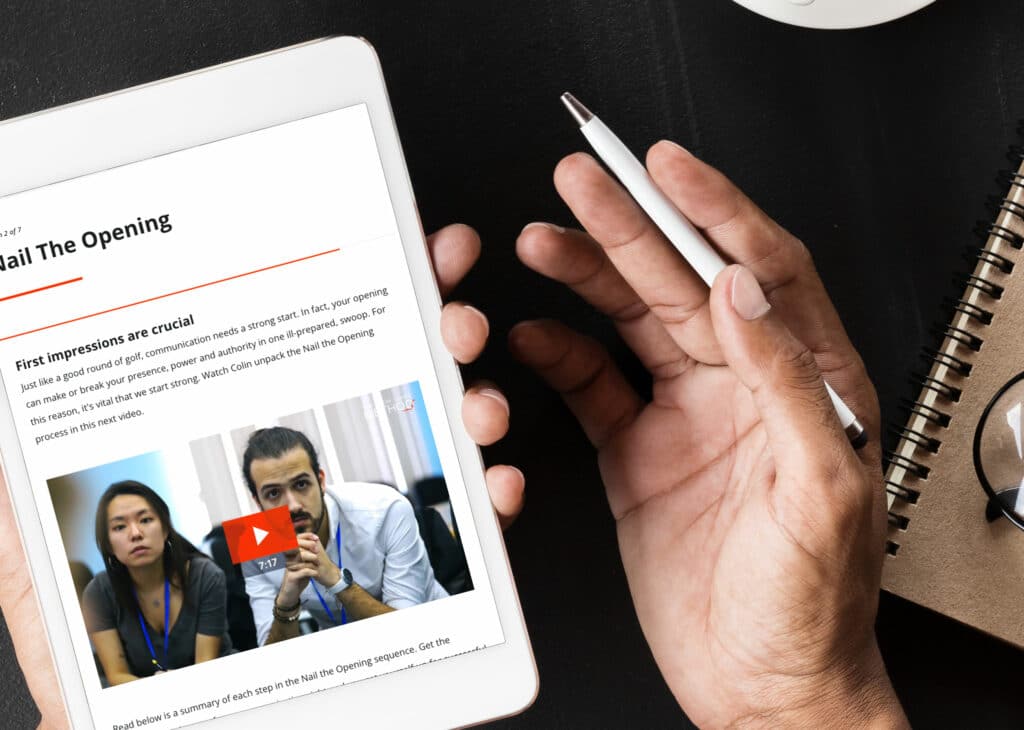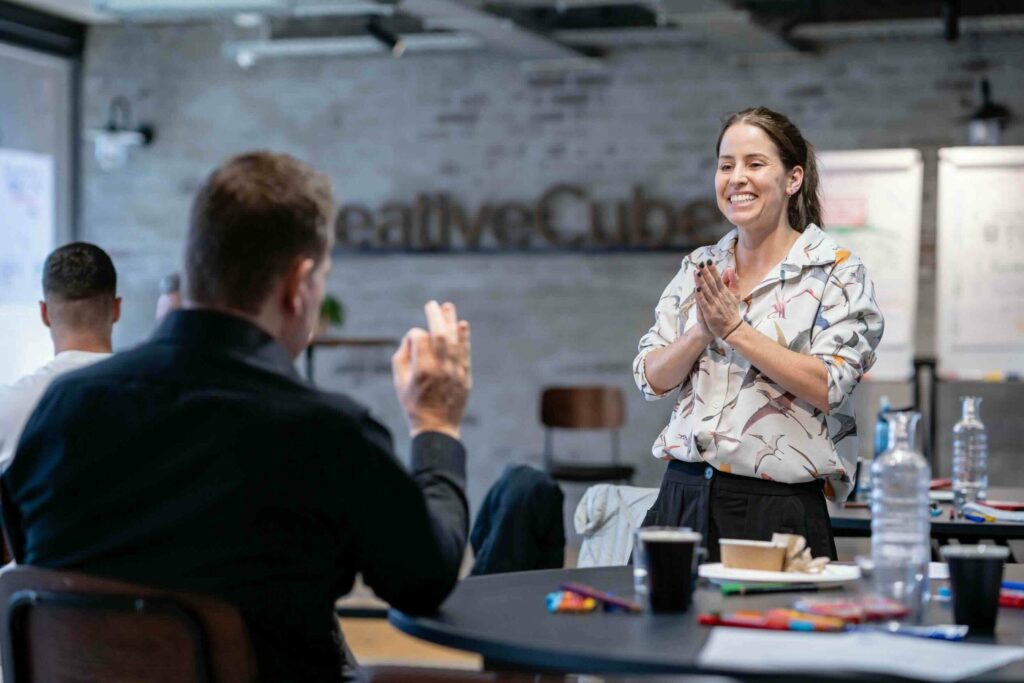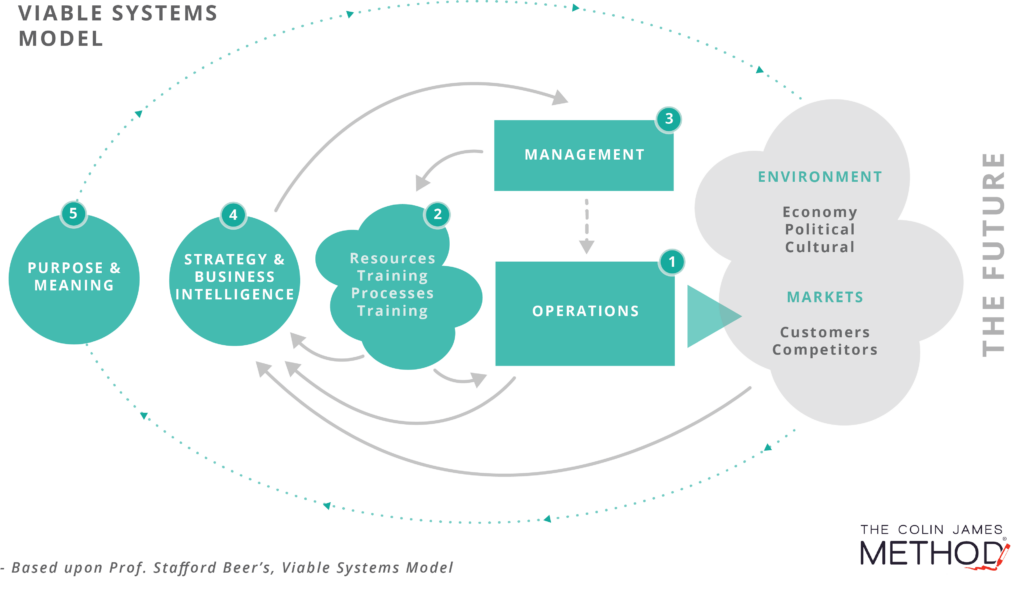Times of disruption and crisis are not always a reason to fear the worst, they can be seized upon as an opportunity for growth and organisational development – but only when leaders learn from the past.
The following article is a reworking of a Harvard Business Review article ‘Change Is Hardest in the Middle’ by Rosabeth Moss Kanter, August 12, 2009. Kanter has had an extraordinary influence on leadership philosophy and practices for decades. Her article could not be more appropriate for these times. We have taken her article and added additional ideas, frameworks, and approaches to managing change in this momentous time in human history.
This hasn’t been the first pandemic.
Leaders of a green energy company in West Africa were not expecting Ebola to strike again, at least not in their area.
So, when a new Ebola outbreak emerged, the company was still focused on growing the sales of low-cost solar cells to consumers through retail outlets and a partnership with a union serving agricultural workers.
Then the pandemic hit the city its headquarters city resided in and shut off all commerce. The venture’s American founders and its local general manager quickly decided to send employees home for a month-long quarantine with the bonus of a month’s wages in advance, enabling workers to buy what they needed for their families to stay well.
The founders were stuck on the other side of the ocean, dependent on a distant and now disappearing workforce. To support them, the leaders had to reach into their own (not-very-deep) pockets for the cash. Company’s finances were already precarious after a corrupt employee’s brush with embezzlement earlier that year.
The founders wondered whether they could find new investors for the still fragile but promising venture. The leadership team used the time to observe the region’s needs, such as the hit to education and the food supply and consider how to rebuild a different but better company that could serve more needs.
This company had learned the truth of Kanter’s Law: everything can look like a failure in the middle.
What are organisational development strategies to succeed through a crisis?
Unexpected obstacles and difficult predicaments can arise in the middle of any human and organisational endeavour.
Give up, and by definition, it’s a failure.
Persist, pivot, and persevere, and there’s hope for finding another successful path.
As a leader, you need to understand the principle of perseverance and, importantly, communicate the truth of this to everyone. Use this to drive successful organisational development.
Now the COVID-19 pandemic presents the world with a massive, messy, miserable middle, causing tragic losses of lives and livelihoods, with no end yet in sight.
Although there is no precedent for the magnitude of this crisis, there are lessons to be learned from previous disasters and classic turnarounds – including Ebola pandemics, the threat of terrorism, the global financial crisis, and business recoveries from near-financial ruin.
How to develop an organisational development plan to thrive in a crisis
Three clusters of actions help leaders renew the accountability, collaboration, and initiative that will make their enterprises ready for life after the crisis. Prioritising organisational development across these areas ensures opportunity and support for your teams and stakeholders.
-
Culture – Creating the right conditions for everyone to feel connected and focused
-
Operations and customer – Creating and delivering an excellent customer experience
-
Strategy and communication – Creating an optimised path forward
Action 1: Cultural audit
This is a unique opportunity to refresh, renew or create the culture of your business, organisation or team.
In an extraordinary video, ‘The Smell of the Place’, Prof. Sumantra Ghoshal, talks about Cultural Creation in the development of a place where people want to contribute their best.
We draw upon the work of Prof. Stafford Beer in his superb Viable Systems Model, where we discover what ties the major 5 systems operating in all organisations and businesses together, is the behaviour of leaders, and the guiding context of culture, purpose and meaning.
A client who is President at a North American technology company, recently describes the importance of “having principles, values and a culture that guides the right behaviour” as “more effective than any rule book”. In Kanter’s article she concurs saying –
“I have found that the difference between climbing back to success and continuing to lose lies in culture! What is critical is the tone set by leaders, the treatment of people, the spirit of partnership, the flexibility to redirect activities, and the imagination to innovate.”
– Rosabeth Moss Kanter
Middles are turning points when businesses and communities face danger and damage in their ongoing activities and experience losses for which they are poorly prepared – even if warning signs have been around for years.
When a crisis looms, losses can spiral out of control, turning into self-reinforcing losing streaks, where everything gets worse before there’s a chance to catch a positive wave.
Some entities go downhill fast, especially when leaders make a major mistake: to deny its gravity, defend their own past actions, or even view the crisis as a personal affront.
In a classic how-not-to-do-it example, BP faced big losses following the Deepwater Horizon explosion and oil spill in the Gulf of Mexico. Then-CEO Tony Hayward’s response? He was widely reported to have said, “I’d like my life back,” rather than expressing compassion for the people whose lives and livelihoods were threatened or lost. And he pointed fingers at suppliers and officials.
These and other behaviours characteristic of losing streaks – such as hiding information, making decisions in secret, or looking for scapegoats to blame – make matters worse.
The consequences of this kind of culture are felt throughout the organisation. In downward spirals, in-fighting replaces collaboration, as fault lines are exposed and buried resentments surface. Feeling helpless and insignificant, people become passive. Productivity declines, and innovation shuts down.
In contrast, organisations with a people-first culture of listening to stakeholders and serving others are better able to emerge from downward cycles with a positive trajectory ahead. For example, in the early days of the current pandemic, Chinese electric car maker WM Motor closed earlier than other manufacturers, because they trusted the reports coming from their employees. To keep the company going, they used the time to quickly innovate, including creating ‘touchless test drives’ so that potential customers could try out the cars without risking human contact. WM even increased payments to many of their 3,000 suppliers, so that suppliers, too, would survive and be available.
In the best turnarounds and disaster recoveries, leaders stress open communication and a spirit of accountability.
Getting our culture ambitions clear, clean and aspirational is the work here.
What does this mean for you as a leader?
- Constantly apply the I + E + I practice:
– Inform constantly, clearly and consistently
– Engage by empowering our teams, explaining the relevance and personalising communication
– Inspire by confidently and honestly articulating possible futures
- Even before solutions are clear, you must offer assurance that you and your team must be guided by values and a sense of purpose.
- We must put the same information in front of everyone, using evidence to guide our decisions.
- Encourage frank communication, act decisively, admit what we don’t know, and make clear when and how we will communicate.
- Empathise with people who are struggling and recognise acts of excellent work and success.
- Make investments that signal our belief in our mission and our people, putting this ahead of financial considerations.
- The goal is to keep the mission clear and avoid haemorrhaging money, rather than worrying about making money.
This approach paid off for the West African green energy company mentioned earlier. During the crisis, the company had brainstormed about new markets and customers for its products, because they felt the noble purpose of lighting the country was worth the effort.
Its leaders’ positive treatment of workers was noticed by several major corporations in the region. The big businesses decided to move a portion of their electricity purchases from the old monopolistic and possibly corrupt power company to this venture, seeing it as trustworthy and accountable. Finding big corporate customers was a new direction with reliable revenue; the profits could be used to expand services to more of the region’s underserved populations.
Action 2: Examine your operating systems
The second set of actions involves collaboration and initiative – mobilising people and partners to examine, adjust, and fix operations. Operations create and deliver the customer experience.
Teams focus on the nuts and bolts of what can keep your business or organisation running, what should be modified quickly to tackle new problems and how to take new opportunities into account. This is when flexibility is key.
We need to be careful NOT to make structural and organisational changes until we have observed the first wave of responses to the impacts of the disruption whilst we align the service’s functions.
At the onset of a crisis, parameters are not yet known.
As information emerges, whilst you and your leadership team observe your strengths and weaknesses in the markets you work within, you must also determine where to…
- reduce expenses
- reallocate capital
- reconsider roles where people can best play.
You must continue to rely on the people in the field, actually doing the work of making the sales and delivering our services to find and implement improvements.
You need to constantly share stories of operational successes at every level and apply lessons learned up the systems chain.
When a mysterious power outage took down electricity for a large swathe of the American Northeast and Midwest, Southwest Airlines didn’t have to wait for orders from headquarters to recover. It built on its tradition of employee involvement, which had helped the airline turn around its financial fortunes. Empowered associates who had a shared purpose – keep the airline running safely and on time – cut red tape, found creative workarounds to keep planes flying without power in airports, shifted service to hubs where passengers from other airlines were stranded, and saw an uptick in customers lasting long after the crisis was resolved.
Behind many successful crisis responses and business turnarounds are teams steeped in a sense of shared purpose that know how to self-organise quickly to maintain and enhance operations.
We must encourage a can-do mindset and behaviour in the new services culture. Leaders are critical in driving this transition.
In the wake of the global recession, Microsoft initiated a digital platform in partnership with other large companies to connect them with small suppliers and facilitate the contracting process; this ensured qualified local suppliers and helped the small business sector recover. The payoff for Microsoft changed the direction of the company. Look where it is today.
Action 3: Brainstorm strategy and communication for the future
The third cluster of activities is oriented to the longer-term future…
- How will your business or organisation be different?
- What needs and opportunities suggest innovations that could be developed now?
- Which crisis responses are likely to become permanent modes of action?
It is imperative to assign dedicated teams to scan the environment, think ‘outside the wall’ – beyond your current industry and sector, and develop models for the future. You must engage a range of employees and stakeholders in brainstorming about what is next… empowering and including from the field – across all functions.
After a major economic crisis and a protest-filled acquisition, HSBC Bank took the dedicated-team approach to imagine the firm of the future. While others grappled with operational details, the ‘new bank’ group looked outside banking for inspiration. They examined the markets they were in and the ones they could open. They explored technologies that could transform financial services. While not ignoring colleagues handling the day-to-day, they maintained a relentless focus on what life would look like after the crisis. ‘New bank’ ideas helped them emerge as among the region’s most successful enterprises.
Verizon engaged in a turnaround that saved the company and took a grass-roots approach, opening communication channels in a formerly secretive company. They used their own broadcast technology to include thousands of employees in open brainstorming sessions. They invited representative audience members to join the conversation. They cut red tape to pilot employee-driven new ideas. They began to see what media like audience-produced content might look like in the future. And the bonus was that a lower-level staffer proposed what became a blockbuster new program.
Encouraging people to imagine the future counters the passivity and feelings of helplessness characteristic of losing streaks, or where people are getting tired of the lockdown imposition. This is managing the transition from resilience to recovery phases effectively.
Launching future-oriented initiatives in parallel with immediate crisis management and mitigation efforts will boost morale as well as the future of your business and activity. This provides a sense of purpose, a chance to turn present pain into future possibilities.
Obviously, getting through the ‘middles’, as Kanter describes this, is not a matter of freezing things in place while waiting for a return to some new ‘normal’.
This COVID-19 crisis, and every effective response to it, creates new ways to clean up, clean out and improve everything, along with new routines and new technologies.
Our world will change of course. Just as metal detectors and other scanners became every day realities following terrorist attacks, temperature checks will undoubtedly be everywhere, with new kinds of detectors still to be invented installed in public places.
Empowering your various teams (and stakeholders) to spend some of their time brainstorming about how they can help make a difference to how you do what you do, will unite and inspire people during the difficult middles, and it will certainly create good ideas for innovation when attention turns to the business future.
Harnessing innovation and prioritising organisational development in these 3 key areas will establish an environment to successfully work through the crisis. Leaders who have a broad responsibility to people, partners, and customers will help your business or organisation and your ‘customers’ emerge from the messy middle with a reservoir of goodwill and a stockpile of ideas. That in itself is a source of hope.
If your leaders need support to map out what the now, next and later looks like for your organisation, please contact us for a confidential discussion, we’d be happy to help.
The Colin James Method® Facilitators train corporate executives to improve their professional communication skills with a proven methodology. Our highly trained Facilitators and Coaches are recognised for their experience in their fields and have worked with many individuals and organisations around the world to master the art of communication.

















